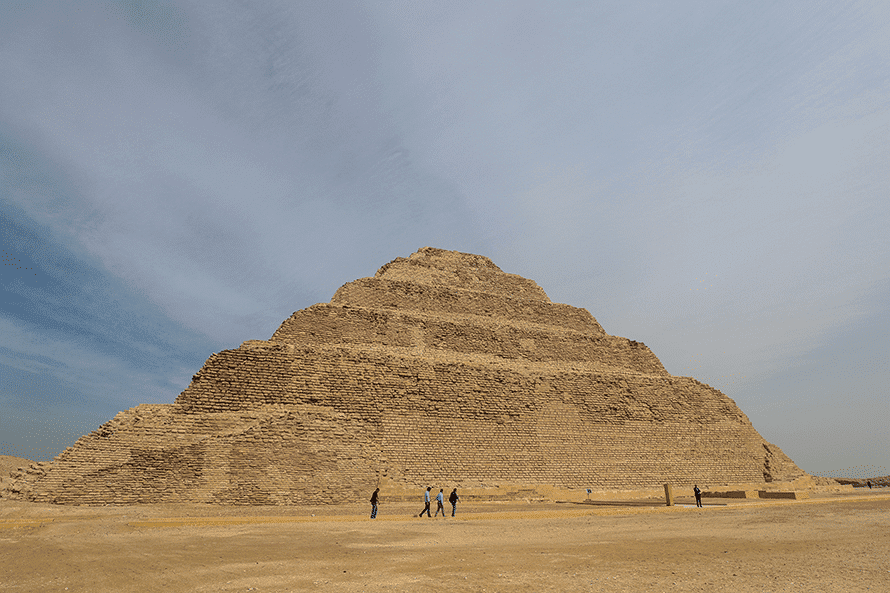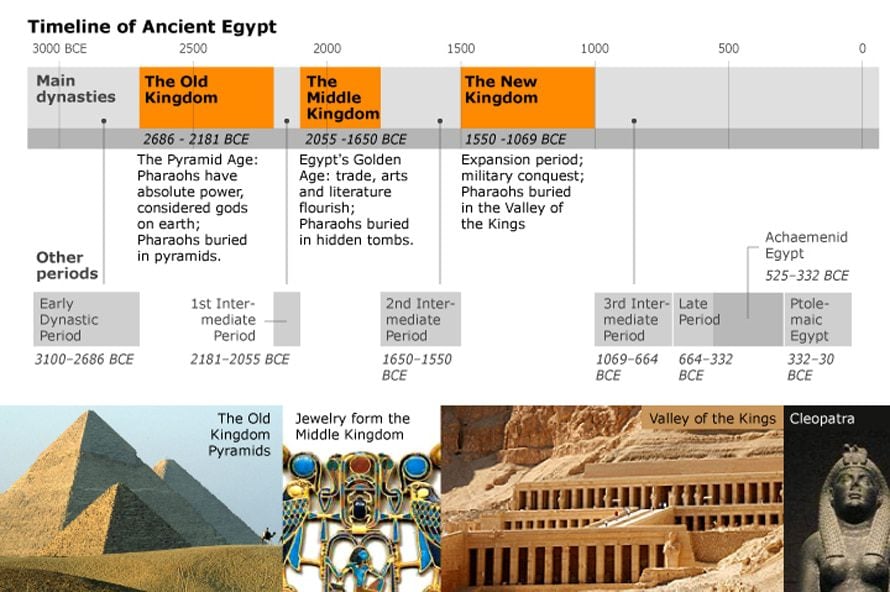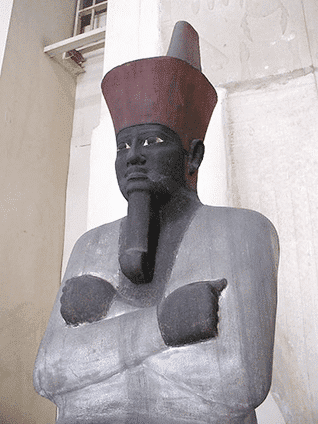
Introduction
Civilization in Egypt has always been related to the River Nile. Nomadic tribes settled along the banks of the river, eventually leading to the creation of two separate states:
Upper Egypt, from today’s Cairo on south.
Lower Egypt, currently known as the Delta. It was the early Egyptian ruler Narmer – who is identified by some experts as the mythical King Menes – who is said to have merged the two states in about 3100 BCE and set up his capital in Memphis, some 25 kilometres south of present-day Cairo.
Narmer and his successors introduced the era of the unprecedented civilization of the ancient Egyptians. For three millennia the land was ruled by more than thirty dynasties.
Pharaoh Djoser and his famous architect Imhotep built the first Step Pyramid at Saqqara in the 27th century BCE. In the following ages, the construction of pyramids as tombs for the pharaohs became more refined and ultimately led to the building, on the Giza plateau, of the Great Pyramid of Khufu (Cheops), the only surviving monument of the Seven Wonders of the Ancient World.

Middle Kingdom

The unified rule in the Old Kingdom was followed by centuries of rivalry, anarchy, and chaos. Only in 2050 BCE did Nebhepetre Mentuhotep II reunify the whole country, founding the Middle Kingdom. Trade routes were re-established and military campaigns into Nubia, Libya, and the Sinai resumed. Later generations launched expeditions as far as the Land of Punt and present-day Ethiopia and Somalia. At first, the capital was re-established in Memphis, but later the administrative centre was in the Fayyum, an oasis south-west of present-day Cairo.
New Kingdom
The pharaohs lost control over Nubia and the Delta to foreign rulers known as the Hyksos, who were probably descendants of the slaves who were brought in during the late Middle Kingdom. It was Ahmose I who expelled the Hyksos from Egypt in about 1550 BCE to found the New Kingdom, a period of stability, wealth, and expansion.
Thebes, modern day Luxor, was the capital of the New Kingdom. Temples, tombs, and statues were erected to symbolize the godlike power of the pharaohs.
Eventually, Egypt succumbed to increasing pressure from foreign invaders and domestic instability. Persian forces invaded Egypt in 525 BCE and gained control over the country. The new city Babylon-in-Egypt was founded near Memphis, now known as Coptic Cairo. The country remained under Persian control until 332 BCE.

